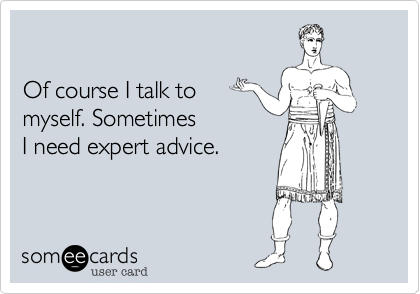
Previous part of Mental Game of Poker: The two causes of emotions, the spectrum of emotions, performance and emotions
Strategy
The first three chapters of this book set the scene for the general strategies described in this chapter. Since the four central areas of your mental game - BridgeFear, motivation and trust all follow the same rules, so the strategies to address them are very similar. This chapter presents a logical, organised and strategic approach to solving psychological problems. The remaining chapters provide additional strategies and tips specific to each of the problems described.
Two key strategies are needed to solve psychological problems:
Insert logic: A short-term strategy that covers the psychological problems in play and touches a little on how to solve them.
Final elimination of the problem: Long-term strategy to correct logic gaps that cause psychological problems in the game.
Embed logic
"Embeddable logic" is a strategy based on the natural behaviour of people talking to themselves when faced with psychological problems in the game. Of course, sometimes what you say to yourself can be akin to throwing petrol on the fire, e.g. "I can't believe how badly I am doing!". However, the opposite can also be true, where talking to yourself can help, e.g. "It's just a variation; I played my hand well. Stay calm and keep playing solidly". But solving the problem goes beyond saying positive things to yourself. If it were that simple, you would have solved your own problems a long time ago.
The only way to deal with the psychological problems of the game is to be able to deal with them while playing. For example, if you tend to play badly or stop playing altogether because tiltinate, This means that if you want to eliminate the problem, at some point you will have to start fighting it. Embedded logic is like a weapon in this fight, which you use to delay, reduce or block bridge (or any other problem) for as long as the game is running. However, it is not a long-term cure. In the short term, the embedding logic acts as a crutch for your game, as long as you try to solve the problem in the long term.
Embeddable logic works best when:
- Catching a building emotion before it reaches the breaking point. If you fail to do so, then you are in for a tough fight to be able to think soberly and play well. This is because when emotions reach a breaking point it becomes increasingly difficult to think soberly. Embedding logic is also essentially thinking. So if your emotions have reached a breaking point, trying to "inject" logic into your thinking will be equivalent to trying to run with a sprained ankle.
- At the same time, it corrects deep-seated vices. The quickest way to solve the psychological problems of the game is to use embedded logic in such a way that it also eliminates the causes of the problems. This is the simultaneous pursuit of two goals.

Logic is not the only strategy for managing emotions. Traditional poker psychology offers a variety of tactics to manage emotions: deep breathing, stopping the game early, going down the limits, meditation, visualisation, exercise, counting to 10, self-soothing etc. Embedding logic is more effective because it simultaneously addresses the deep-seated causes of problems. Deep breathing might protect you from Bridge today, but the very root of the cause - why you even tiltinate - will remain intact. The problem will only be solved when you uproot that root.
Solving the psychological problem of the game means that you must eventually be able to think clearly in situations where you could not do so before. If you want to play without bridge, means that it will be necessary to go into battle against bridge and win it. If you want to play without fear, you will have to conquer that fear. At its core, embedding logic is designed to help you develop the resilience to control your emotions like never before.
The following 6 steps are based on the embedding logic strategy. They are laid out in a clear and detailed way so that even the most challenged players can improve effectively. Keep in mind that once you fully understand the first four steps, you will be able to complete them in seconds.
- Identification
- Deep breathing
- Embed logic
- Strategic reminder
- Repetition on demand
- Interruption of the game
This series of articles is based on Jered Tendler's book on the psychology of poker, The Mental Game of Poker. If you would like to purchase the original, which is available in English, you can do so at amazon.com





